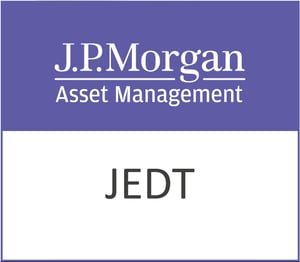Investors eyeing International Business Machines Corporation (NYSE: IBM) have much to consider regarding this technology giant’s current financial standing and future potential. With a market cap of $232.13 billion, IBM continues to be a stalwart in the information technology services sector, offering a diverse range of solutions across software, consulting, infrastructure, and financing.
At a current price of $250.34, IBM’s stock remains relatively stable, with a minimal price change of just $0.44. The 52-week range of $164.43 to $264.74 demonstrates a significant variance, suggesting both historical volatility and the potential for movement within the higher end of this range. Analysts have set a target price range from $160.00 to $320.00, with an average target of $254.51, indicating a modest upside potential of 1.67%.
From a valuation perspective, IBM’s forward P/E ratio stands at 21.96, which provides a lens into its future earnings expectations relative to its stock price. The absence of a trailing P/E and other typical valuation metrics like PEG Ratio and Price/Book suggests that investors might need to focus on alternative measures such as free cash flow and return on equity to gauge IBM’s financial health.
In terms of performance, IBM boasts a steady revenue growth of 1.00%, which, although modest, aligns with its mature market positioning. More notably, its return on equity is an impressive 24.06%, indicating effective management in generating returns on shareholder investments. The company also reports a healthy free cash flow of approximately $7.38 billion, which is a strong indicator of its ability to support ongoing operations and investments.
IBM’s dividend yield of 2.67% is particularly attractive to income-focused investors, especially in the context of the current market where yields can be hard to come by. However, the payout ratio of 103.89% raises questions about the sustainability of this dividend in the long term, as it suggests the company is paying out more in dividends than it earns in net income.
Analyst sentiment on IBM is mixed, with 10 buy ratings, 8 hold ratings, and 3 sell ratings. This spread suggests that while there is optimism about IBM’s future, there remains caution among some analysts, likely due to the challenges of sustaining growth and maintaining a competitive edge in rapidly evolving tech markets.
From a technical standpoint, IBM’s stock is currently trading above its 50-day moving average of $247.76 and significantly above its 200-day moving average of $216.53, indicating a bullish trend over the longer term. The Relative Strength Index (RSI) of 31.51 suggests that the stock is nearing oversold territory, potentially presenting a buying opportunity for those bullish on its prospects. Meanwhile, the MACD and Signal Line, both negative, imply bearish momentum in the near term.
IBM’s strategic partnerships with tech behemoths like Amazon Web Services, Microsoft, and SAP, among others, signal its commitment to maintaining relevance and tapping into synergistic opportunities in cloud and AI advancements. These partnerships could play a pivotal role in IBM’s growth trajectory, potentially influencing its market position and financial performance positively.
For investors considering adding IBM to their portfolios, the company’s strong dividend yield and strategic partnerships present compelling reasons to stay engaged. However, weighing these against the modest revenue growth and payout ratio concerns will be crucial in making an informed investment decision.
The information in this article should not be taken as advice. Readers should conduct their own due diligence and seek independent financial advice before making any investment decisions.






































